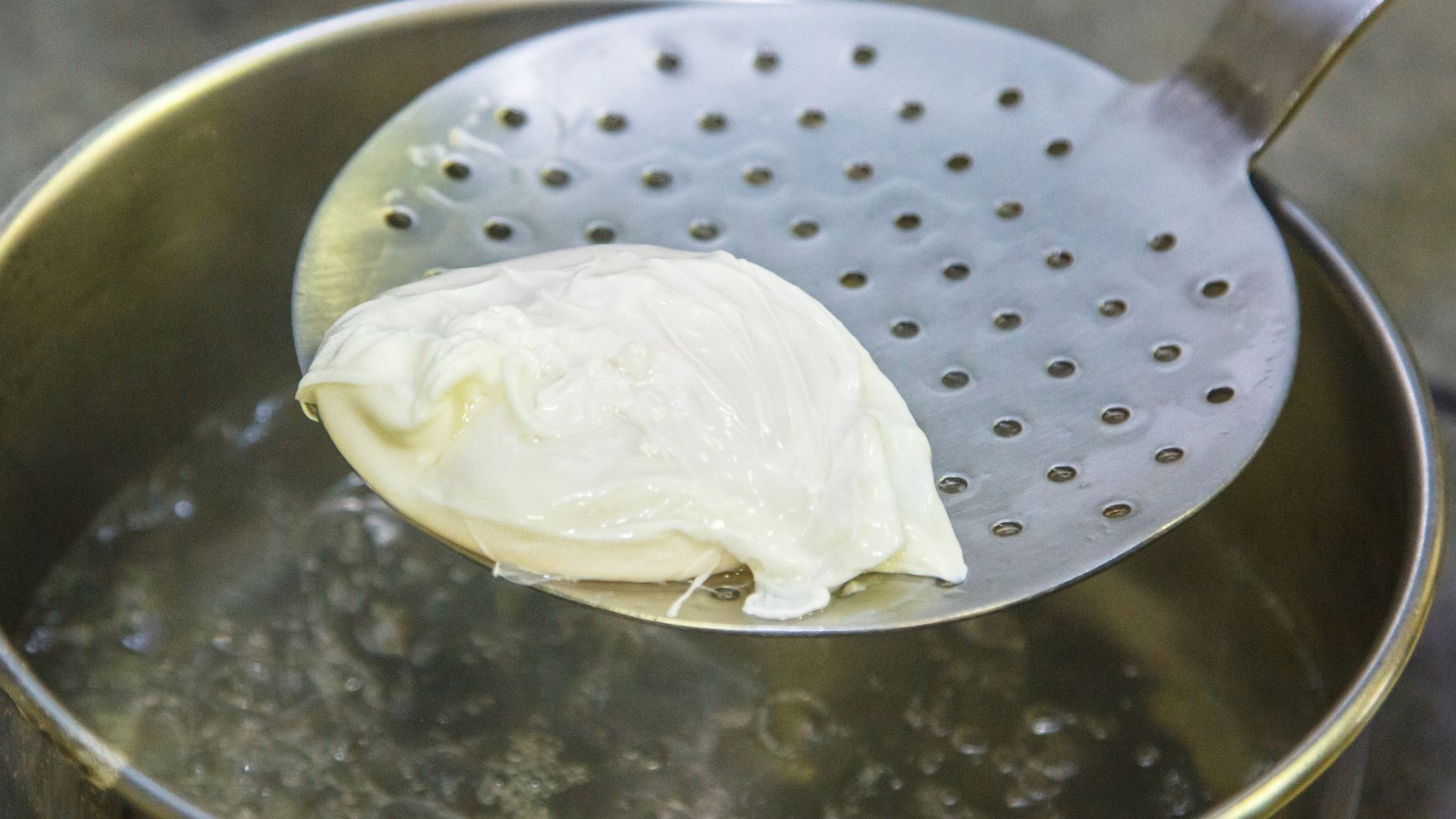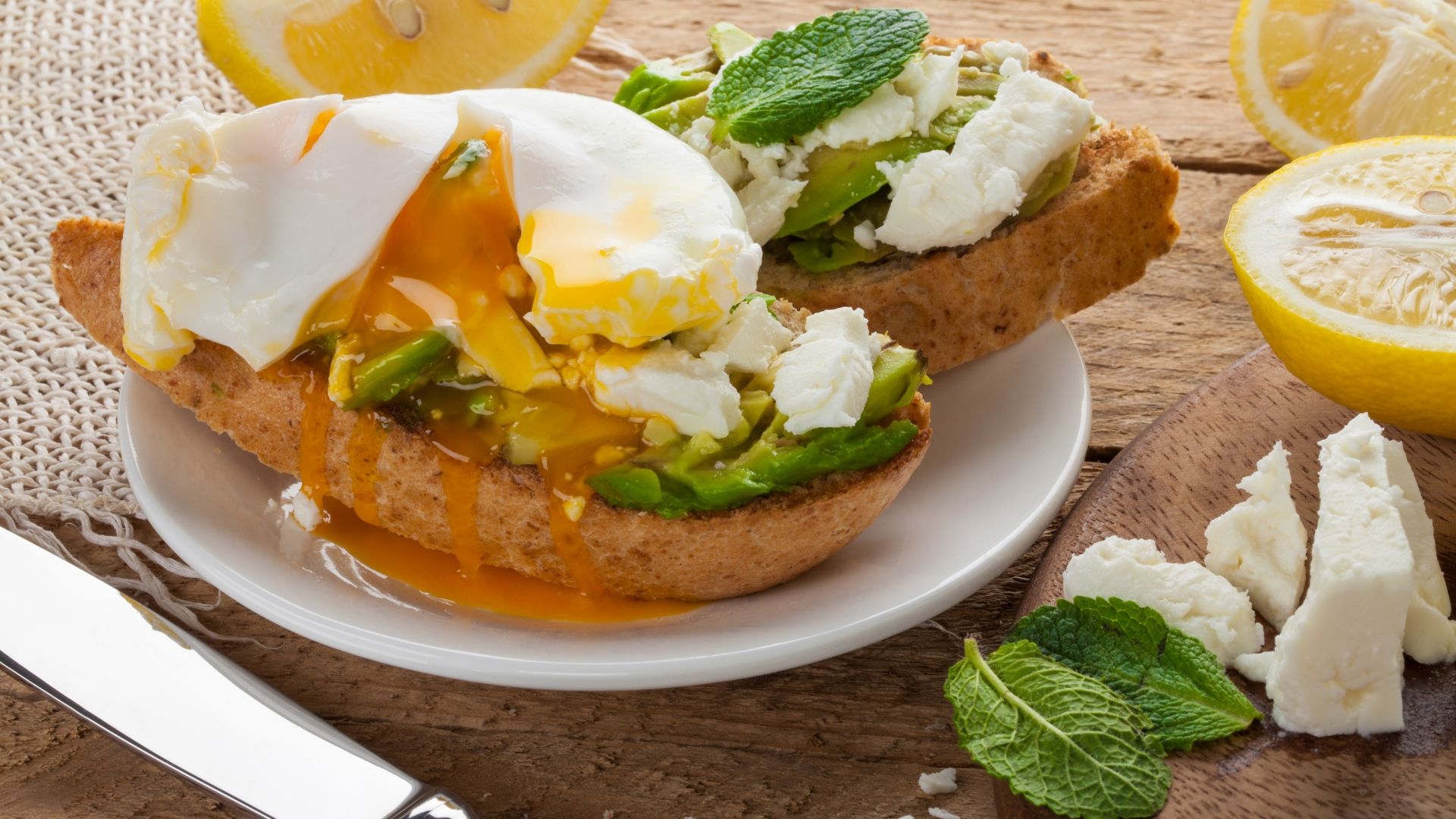How to poach eggs | Dine A Chook
How to poach eggs
The number one mistake people make at home when poaching an egg is the pan or pot is too small. Always use a larger pan/pot with good depth. To get poached eggs right isn't always easy but a little practise and you will nail the perfect poach egg every time.
Method
Step 1. Select a large saucepan with good depth. Remember the key to a delicious poached egg is the circulation of water. Pour cold water into your saucepan, so you have at least 8 - 10cm of water depth.
Step 2. Add one to two teaspoons of white or brown vinegar to the water and bring to the boil. Adding vinegar to the water makes the egg white firm quickly, so they do not disperse in the water. Once you reach boiling temperature, reduce the heat to a low/medium heat. The pan should be hot enough that the water still boils around the edge. Do not add salt to the water.
Step 3. Crack your egg on a flat surface and place the egg contents into a shallow bowl. Gently cracking on a flat surface helps prevent eggshell from ending up in the egg. Many chefs use this method instead of cracking on the edge of a bowl or the pan.
Step 4. Use a wooden spoon or spatula and stir the water in your pan to create a whirlpool. You can achieve this by stirring quickly in one direction.
Step 5. Carefully tip the egg into the whirlpool. Allow the egg to cook for 2 1/2 minutes for a soft runny yolk and 4 minutes for a firm yolk. Use a slotted spoon to remove the egg from the boiling water, and allow to drain for a second or two before putting it on fresh sourdough or toast.

Tips

If you have other tips for poaching eggs, we'd love to hear them. Drop us an email.


